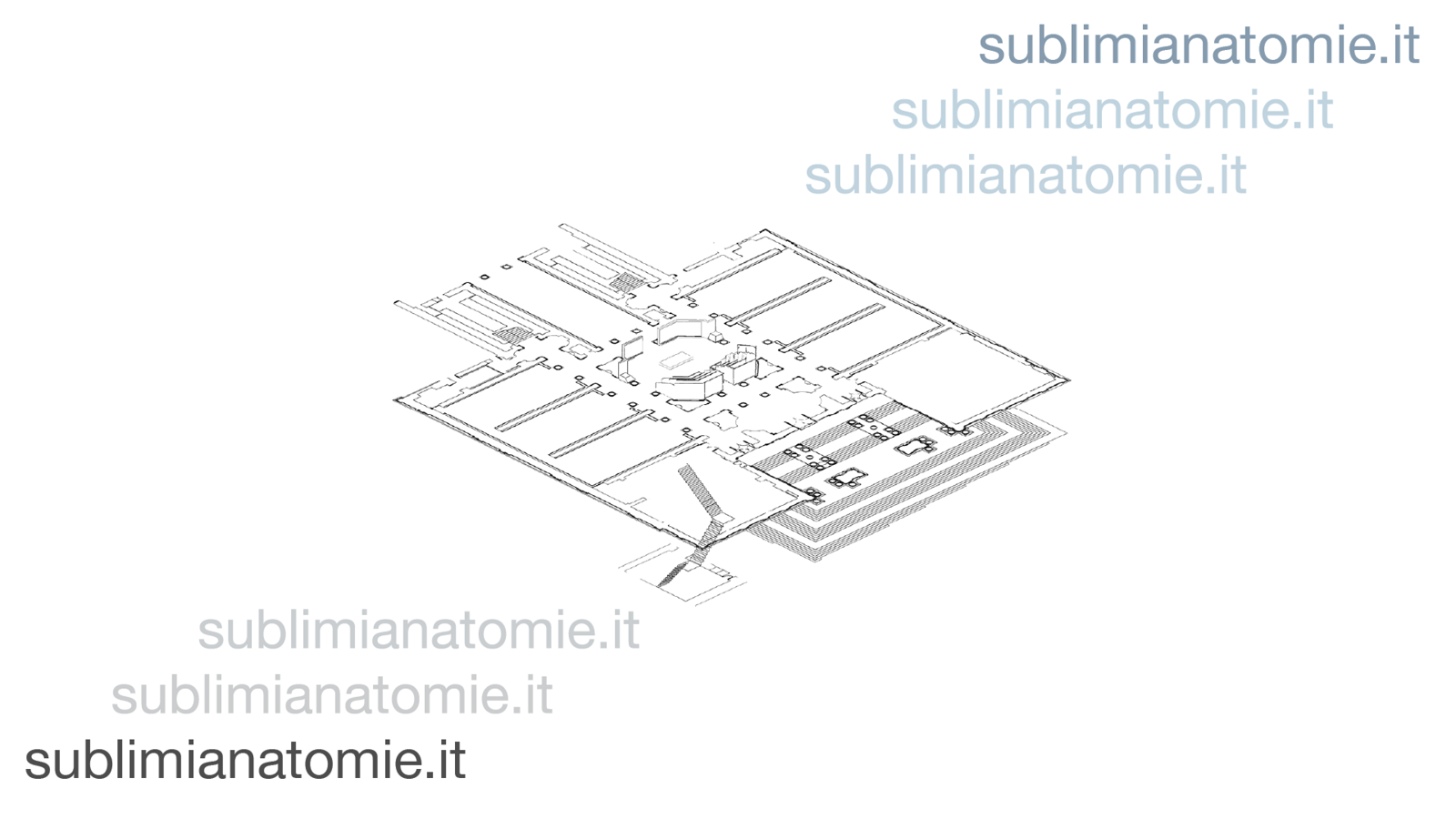The Sublimi Anatomie digital platform is now online, offering access to all the documentation relevant to the exhibition of the same name that ran at the Palazzo delle Esposizioni in the autumn of 2019 and which explored the body in its many sensorial manifestations. Curated by Laura Perrone, the digital project stands as something altogether different and more dynamic than an exhibition catalogue. The platform is articulated through multiple hypertextual connections, stratified within the architecture of the site to form a polyphonic index of new texts, images and audio-visual material. Digitalisation of ancient and historical documents, together with analytical texts concerning contemporary artistic practices (with contributions by Natascha Burger, Luca Cerizza, Liv Cuniberti, Danilo Eccher, Helena Ferreira, Rudi Fuchs, Martin Herbert, Daniela Lancioni, Irmeline Lebeer, Annette Michelson, Hans Ulrich Obrist, Raffaella Perna, Ludwig Pfeiffer, Marco Rinaldi, Will Self), render this online platform an exceptional tool for studying and researching the body. An investigation which has its roots in centuries of observation history, beginning with the very first anatomical dissections, where both the scientific and the artistic eye expressed themselves through the shared language of drawing from life, within the shared space of the anatomical theatre.
The Sublimi Anatomie exhibition (curated by Andrea Carlino, Philippe Comar, Anna Luppi, Vincenzo Napolano and Laura Perrone, Palazzo delle Esposizioni, Rome, 2019) highlighted precisely this twofold interest in anatomy—as a subject for investigation for scientific research and as a visceral source of inspiration for art. Objects and documents of great historical significance—including the reclining statues manufactured in the late-18th century by the ceroplastics workshop of the Imperiale e Reale Museo di Fisica e Storia Naturale de “La Specola” in Florence, the anatomical tables printed in four-colour technique by Jacques-Fabien Gautier-Dagoty or the precious anatomical mannequins in papier-mâché made by Louis Thomas Jerome Auzoux in the 19th century—were placed in a direct dialogue with the research of contemporary artists such as Ed Atkins, Michaël Borremans, Heidi Bucher, Dany Danino, Berlinde De Bruyckere, Luca Francesconi, Gary Hill, John Isaacs, Birgit Jürgenssen, Ketty La Rocca, Marisa Merz, Gastone Novelli, Dennis Oppenheim, Pino Pascali, Giuseppe Penone, Diego Perrone, Marc Quinn, Yvonne Rainer, Sissi, Chen Zhen, opening up an entirely new outlook in terms of exploring the inner folds of sensitivity associated with the body.
Within this overall context, the central rotunda of the Palazzo delle Esposizioni was transformed into a space reminiscent of an anatomical theatre and used for debating, observing and building the image of the body. It functioned as a stage for performances and a drawing workshop offering a dynamic and direct confrontation with corporality. Such a versatile space conferred a centrality to the body whilst also redefining the relations between subject and object, between observed and observer, creating new interactions between the works on display and even hinting at a possible new exhibition model. A model in which the function of the exhibition itself is entwined with and contaminates training modalities (be they lectures, drawing from life workshops open to the public or specialised theory conferences) and performative research (choreography exercises, or theatrical rehearsals). A model in which the inanimate works and documents on display acquire and confer meaning to the living bodies of performers, live models, students. These, in turn, provide a variety of stimuli for the bodies and gazes of visitors, who are inexorably placed in a position of ambivalence between the inside and the outside of the action, around it and within it.
The Sublimi Anatomie digital platform stands as a further attempt to give form to the many visions of this project.
Email: info.pde [at] palaexpo.it


